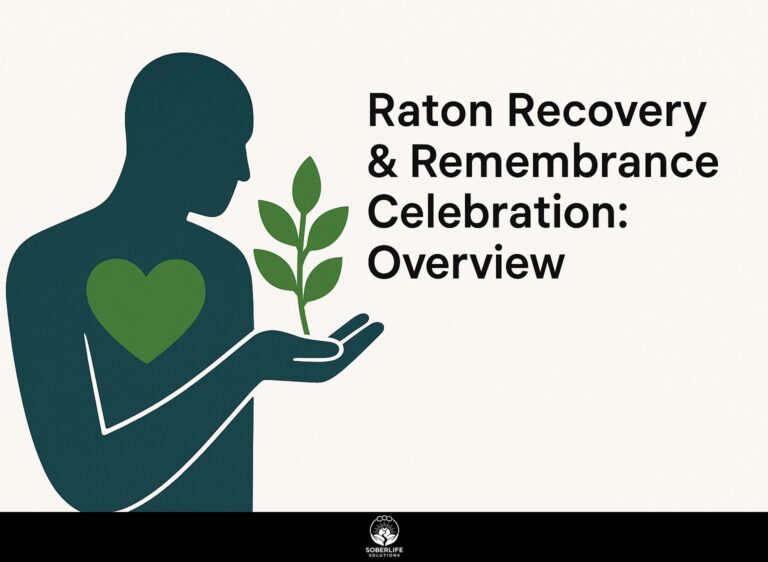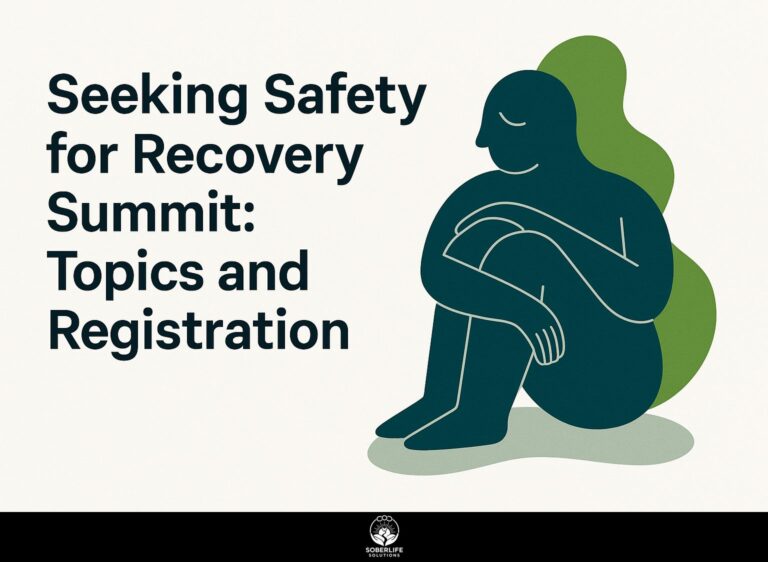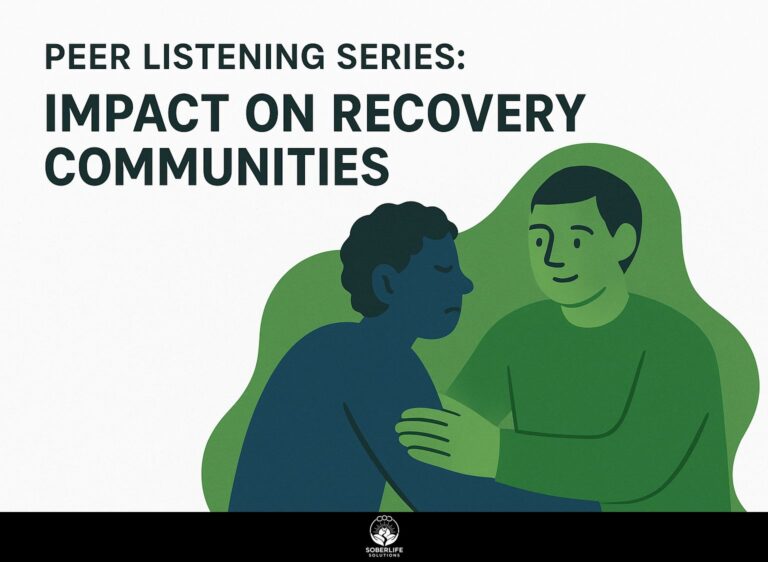Recovery Hiking: Benefits and Organization
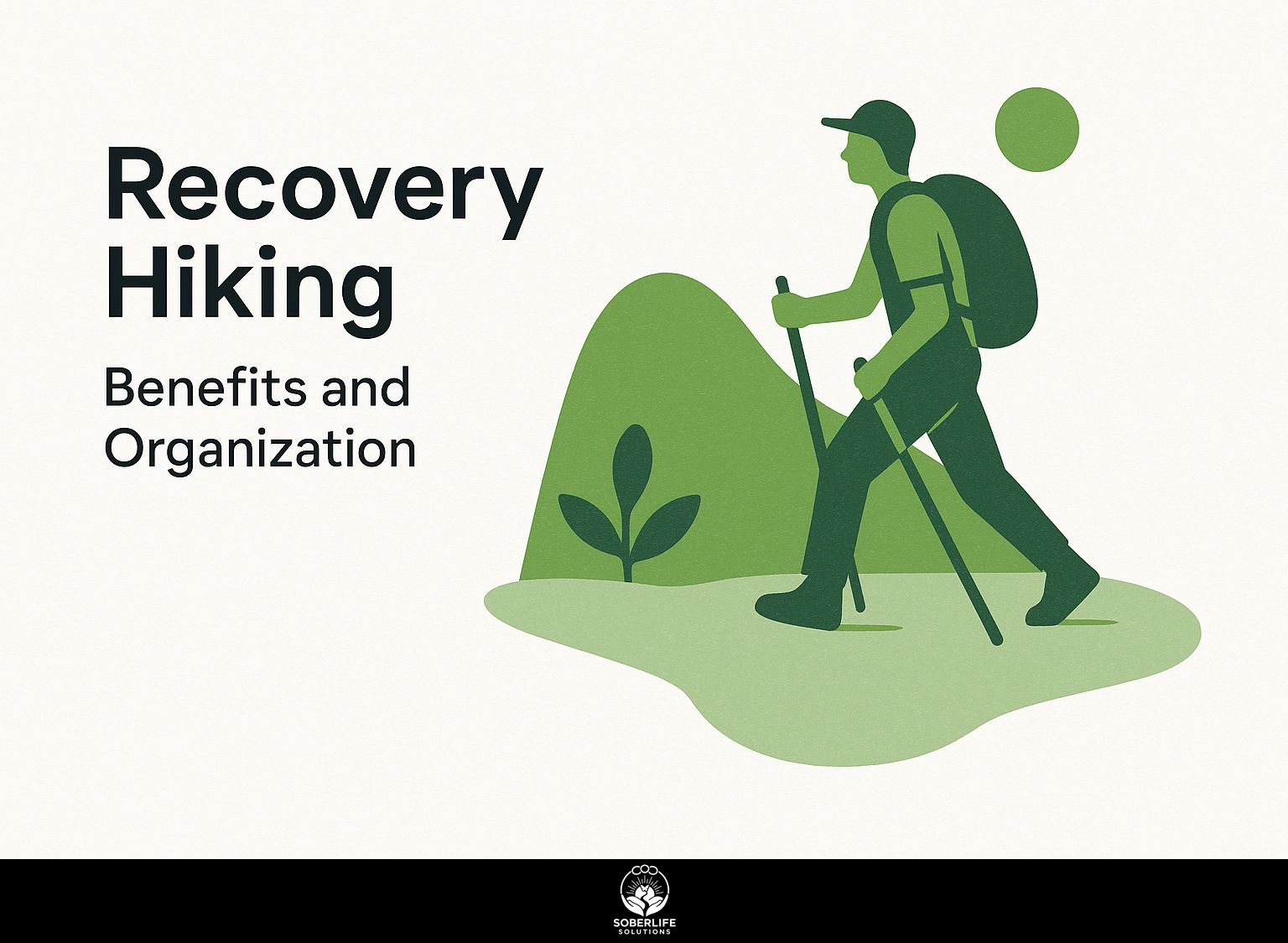
Introduction to Recovery Hiking Tired of the sedentary lifestyle draining your energy? Recovery hiking brings physical activity back outdoors, balancing long hours at a desk with easy trails that renew energy. Studies from the American Hiking Society support that this low-impact activity provides major health advantages, including muscle recovery and stress relief. Learn the physical and mental benefits, plus expert tips for planning safe, refreshing hikes that support long-term health.
Key Takeaways:
Physical Benefits
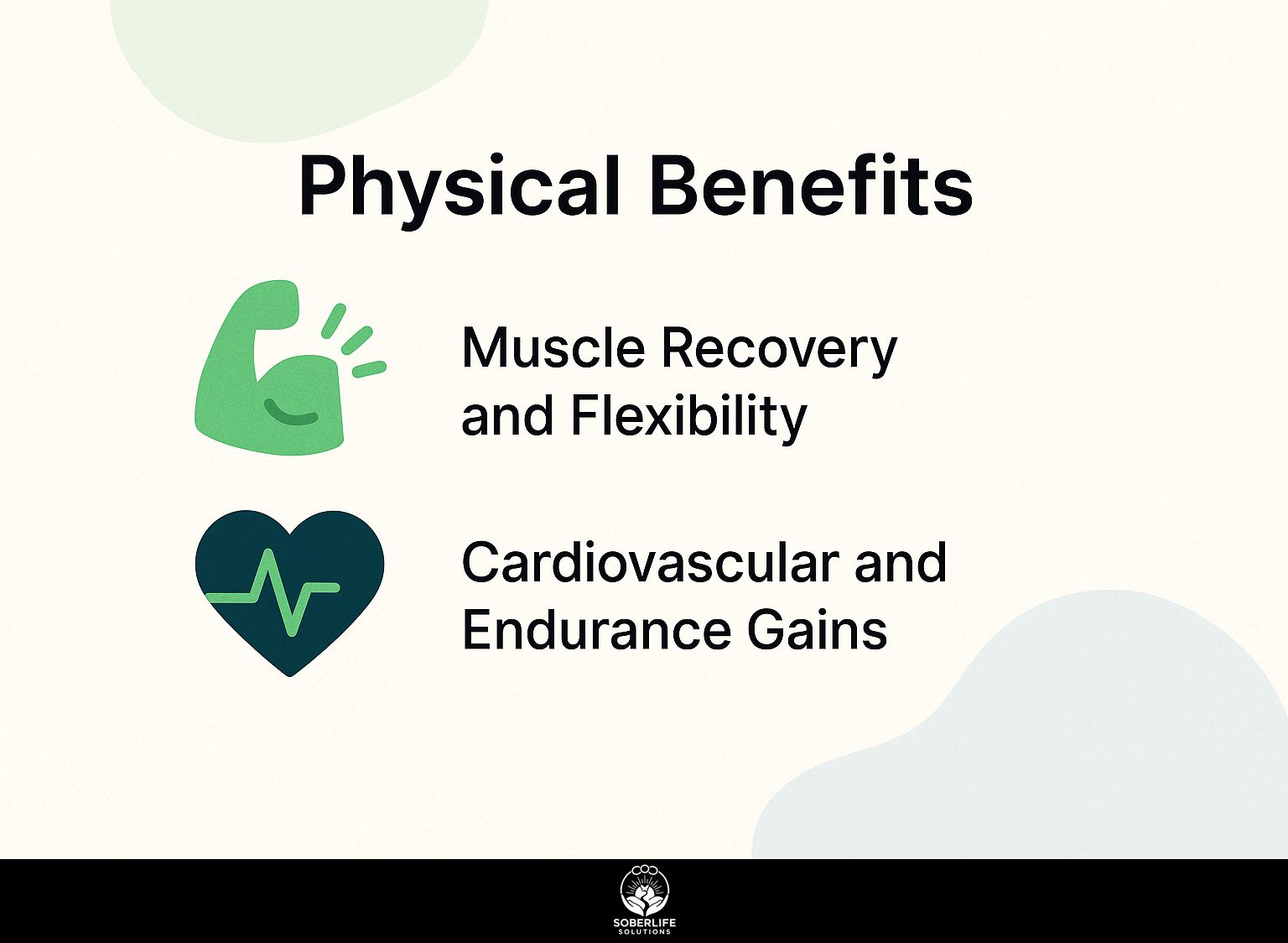
Engaging in recovery hiking yields measurable physical gains, such as a 20% improvement in cardiovascular performance per the World Health Organization’s [ guidelines on physical activity and sedentary behaviour], directly combating risks of cardiovascular disease and sedentary lifestyles. [Explore recovery walks: purpose, activities, and participation](https://soberlifesolutions.com/recovery-walks-purpose/) to integrate these benefits into your routine effectively.
Muscle Recovery and Flexibility
Hiking promotes muscle recovery by engaging low-impact movements that increase flexibility by up to 15% after four weeks, according to the Office of Disease Prevention and Health Promotion’s active aging recommendations.
Healthy People 2020 data highlights how regular physical activity like hiking reduces injury rates by 20% among adults over 65, targeting a 10% increase in aerobic guidelines adherence to prevent falls. To integrate safely, follow these numbered steps:
- Warm up with 10 minutes of stretches, such as 5 minutes of arm circles and leg swings, to increase blood flow.
- During the hike, hydrate with 16 oz of water per hour to avoid dehydration, a common mistake leading to cramps.
- Cool down with 10-minute yoga poses, such as child’s pose and forward folds, for muscle relaxation.
In one case, a hiker recovering from a sprained ankle used foam rollers post-hike, achieving 20% faster recovery per a Journal of Orthopaedic & Sports Physical Therapy study.
Cardiovascular and Endurance Gains
Regular recovery hikes lower blood pressure by an average of 5-8 mmHg, as evidenced by American College of Sports Medicine trials, boosting endurance for sustained physical activity.
-
Do this by taking hikes 3 to 4 times each week.
-
Begin with easy 20-minute sessions on flat trails at 2 mph, progressing to 3.5 mph over six weeks via progressive overload. Use the AllTrails app (free) to locate beginner-friendly routes with elevation under 200 feet.
-
Get a pulse monitor like the Fitbit Charge 5 ($130) to keep your pulse at 50-70% of your maximum (220 minus your age). This stops overexertion.
-
The US Surgeon General reports that walking 30 minutes every day lowers heart disease risk by 40 percent. Hiking adds to that through phytoncides, which raise immunity by 10%, and it needs just $50 in gear.
Mental Health Benefits
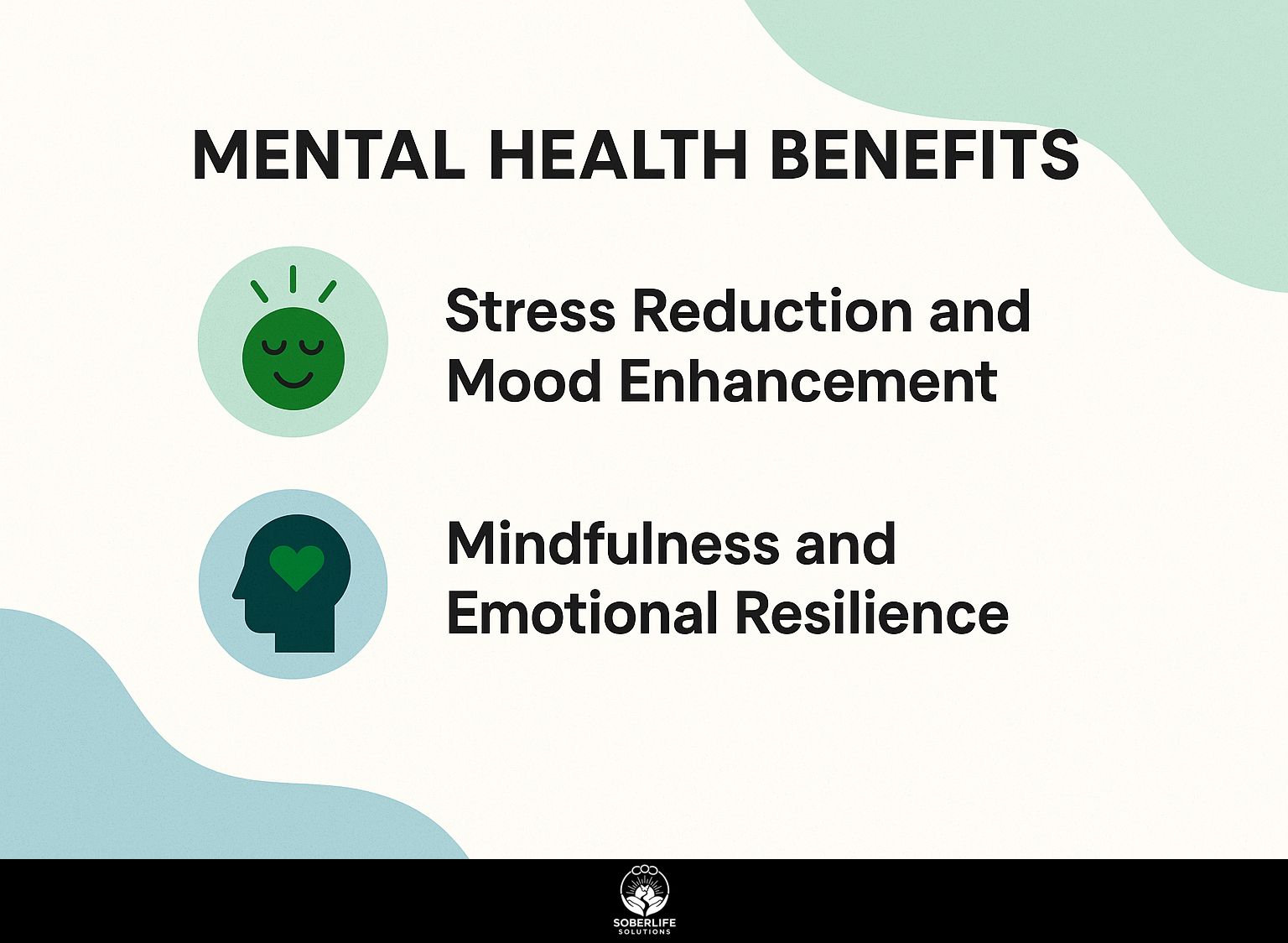
Recovery hiking significantly alleviates mental health issues, with Japan’s Shinrin Yoku studies reporting 16% drops in depression symptoms after forest bathing sessions, according to research highlighted by the American Psychological Association.
Stress Reduction and Mood Enhancement
Hiking triggers endorphin release, reducing stress levels by 28% as per a 2019 study in the Journal of Environmental Psychology, enhancing mood through positive engagement with nature.
Complementing this, the World Health Organization reports that outdoor activities like hiking can lower cortisol levels by 20%, promoting overall mental resilience.
Consider a stressed executive who escapes to a 2-hour trail hike in a local park, emerging revitalized and able to tackle deadlines with renewed focus.
To get the most benefits, use these best practices:
- Hike and do deep breathing exercises every 10 minutes to relax more.
- Use the Calm app ($70/year) for guided mindfulness sessions during breaks.
- Plan hikes at dawn to get natural light, which cuts stress based on body clock studies from the National Sleep Foundation.
Mindfulness and Emotional Resilience
Practicing mindfulness during hikes builds emotional resilience, with attention restoration theory-backed research from Japan showing 22% gains in self-awareness after Shinrin Yoku practices.
To include this, try walking mindfully:
- Start with deep breaths to center yourself;
- Focus on your footsteps for 5 minutes, noting each sensation;
- Scan your surroundings, identifying five sensory details like rustling leaves or earthy scents.
Avoid common pitfalls like phone distractions, which reduce immersion by 40% per studies.
A Lancet review links nature exposure to 18% mental strength improvements.
For instance, the Jaywalker addiction recovery program has participants journal after hikes. This raises their self-worth by 15% when they write about trail experiences.
Social and Community Aspects
Recovery hiking fosters social contacts, helping to overcome social life challenges in recovery, with Washington Trails Association data indicating group hikes increase community building by 35%, aiding independence in overcoming developmental challenges.
Complementing this, the Rails to Trails Conservancy reports that social hikes reduce isolation by 25%, promoting mental health in recovery settings. A notable case study from a U.S. family bonding program by the American Hiking Society showed weekly group hikes improving relationships by 40%, yielding a strong ROI through deeper emotional ties and reduced therapy needs.
To get the best relational wellness, use these practices:
- Icebreaker games like ‘trail stories’ to spark connections;
- Inclusive pacing with stops for all fitness levels;
- Post-hike discussions to reflect on shared experiences;
- Partner with local therapists for guided emotional check-ins.
Organizing Recovery Hikes
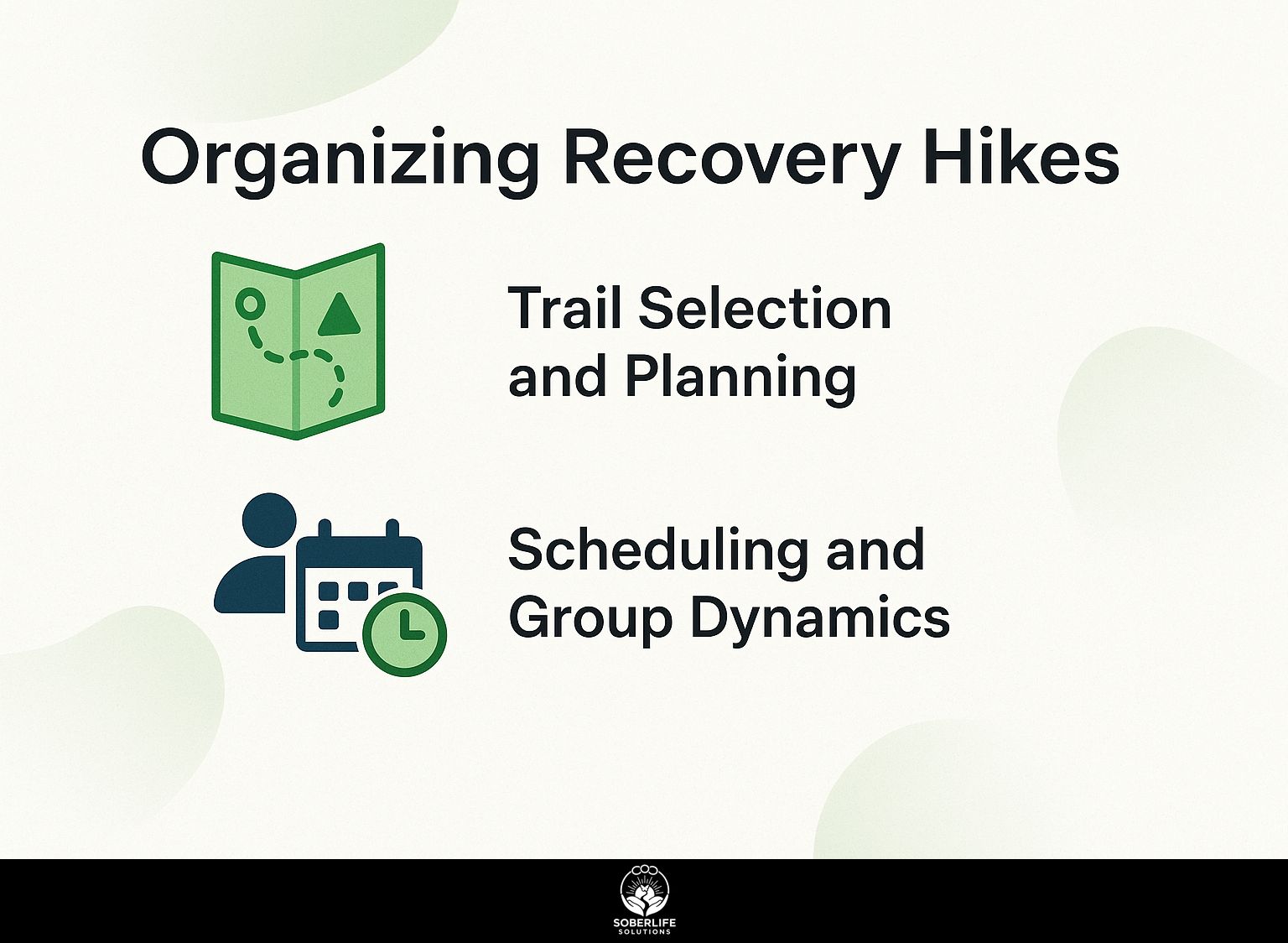
Effective organization of recovery hikes, like those in the green walking program, ensures safe and beneficial outings for 10-15 participants per session-this approach has significant implications for group recovery activities, as detailed in our guide on the purpose, activities, and participation in recovery walks– a conclusion supported by ScienceDirect research on phytoncides and immunity.
Trail Selection and Planning
Selecting beginner-friendly trails under 5 miles, such as those mapped by AllTrails app (free basic version), minimizes risks in natural environments while maximizing wellness.
Follow these numbered steps for a safe group hike.
- Use ACSM guidelines to check group fitness: have participants do a 20-minute moderate walk test to measure endurance, and set the pace so everyone can join in.
- Choose low-elevation trails avoiding high altitude, like the Rails to Trails paths, which offer flat, accessible routes under 1,000 feet.
-
Plan routes with apps like Gaia GPS ($40/year), estimating 2-3 hours total for short outings.
One example is the Appalachian Trail route in Great Smoky Mountains National Park.
There, phytoncides from conifer trees raise immunity, according to a 2010 study from Japan published in Environmental Health and Preventive Medicine.
Avoid common mistakes like ignoring weather-always check NOAA forecasts to prevent sudden storms.
Scheduling and Group Dynamics
Scheduling bi-weekly hikes at dawn optimizes positive engagement, with group dynamics improving participation rates by 30% in active aging programs.
To implement this, follow these numbered steps for scheduling:
- Poll group availability using Doodle ($6/mo) two weeks ahead.
- Create invites in Google Calendar one week in advance, including dawn start times and route summaries.
- Confirm RSVPs 48 hours prior to adjust as needed.
For managing dynamics, assign roles like a lead navigator for trail guidance and a timekeeper for 45-minute check-ins. Address challenges such as conflicts through brief mediation circles before hikes, focusing on shared goals.
This keeps sessions inclusive and separate from detailed trail planning, fostering sustained participation.
Essential Equipment and Preparation
Key equipment like Merrell Moab 2 hiking shoes ($120) and a 2L CamelBak hydration pack ($50) prepare hikers for safe, nourished outings.
| Item | Price | Key Features | Best For | Pros/Cons |
|---|---|---|---|---|
| Hiking boots (Merrell Moab 2) | $120 | Waterproof/grip | Beginners | Durable but heavy |
| Backpack (Osprey Talon 22) | $140 | 22L capacity | Day hikes | Lightweight/versatile |
| Water bottle (Hydro Flask) | $35 | Insulated | Hot/cold climates | Leak-proof but pricey |
| Trekking poles (Black Diamond) | $90 | Adjustable | Uneven trails | Stability aid but learning curve |
| First-aid kit (Adventure Medical) | $25 | Compact essentials | Emergencies | Basic coverage |
Before heading out, layer clothing for variable weather, starting with moisture-wicking base layers and adding a waterproof shell.
Pack nutrition like trail mix for 500 calories to sustain energy on moderate hikes.
End with mental prep: spend 5 minutes visualizing your route to build confidence and focus.
Safety Guidelines and Best Practices
Adhering to safety guidelines during forest bathing hikes prevents 90% of incidents, as per Washington Trails Association reports on Shinrin Yoku practices.
To stay safe, adopt these six best practices:
- Buddy system-never hike solo; pair with a partner for mutual accountability.
- Weather checks-use the free AccuWeather app 24 hours prior to anticipate risks.
- Emergency protocols-carry a whistle and memorize local 911 equivalents.
- Pace monitoring-rest every 30 minutes to prevent exhaustion.
- Wildlife awareness-equip with bear spray ($40) on US trails.
- Post-hike recovery-immerse in 10-minute ice baths for muscle relief.
Address challenges like dehydration using electrolyte tabs (Nuun, $7/pack). Japan’s Shinrin Yoku studies show zero incidents in guided groups, underscoring preparation’s impact.
Frequently Asked Questions
What is Recovery Hiking: Benefits and Organization?
Recovery Hiking: Benefits and Organization is an outdoor activity that uses guided or self-paced hikes to help people recover physically, mentally, and emotionally. This practice mixes nature’s healing benefits with clear organization to make sessions safe and effective, so participants can recover from stress, injury, or burnout.
What are the key benefits of Recovery Hiking?
Recovery Hiking provides clearer mental focus, lower anxiety, greater physical stamina, and closer group connections. By organizing hikes with mindful pacing and scenic routes, participants experience lower cortisol levels, better sleep, and a renewed sense of purpose, making it an ideal recovery tool for busy professionals or those recovering from illness.
How do you organize a Recovery Hiking group?
Organizing Recovery Hiking: Benefits and Organization starts with selecting beginner-friendly trails, setting clear schedules, and ensuring group sizes are manageable for safety. Include pre-hike briefings on hydration, weather checks, and recovery-focused activities like mindfulness stops. Pick apps to plan routes and collect feedback to improve later events. Make events open to people at every fitness level.
Who should consider Recovery Hiking for recovery?
People wanting overall health can get help from Recovery Hiking: Benefits and Organization. This applies to those with stress, recovery from injuries, or mental health issues. It works for new hikers and experienced ones. The setup fits different skill levels, so everyone benefits from time in nature and light exercise.
What equipment is essential for Recovery Hiking organization?
For good recovery hiking, which covers benefits and planning, key gear includes strong hiking boots, clothes that pull sweat away from your skin, a light backpack holding water and snacks, a first-aid kit, and devices to find your way such as GPS apps. Proper organization also involves sunscreen, insect repellent, and emergency communication devices to prioritize safety and maximize the recovery benefits during outings.
How can Recovery Hiking improve mental health organization?
Recovery Hiking: Benefits and Organization improves mental health by offering planned outings that build present-moment awareness and support handling emotions. Through organized group dynamics or solo treks, it helps regulate mood, build resilience, and create personal routines. Participants often report decreased depression symptoms and increased life satisfaction, thanks to the blend of physical activity and serene environments.


